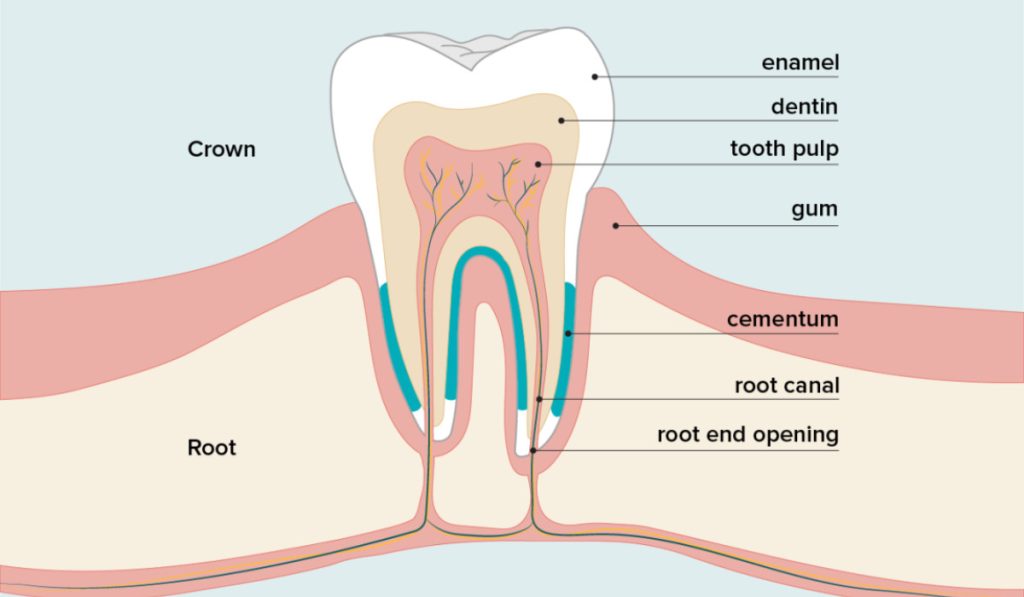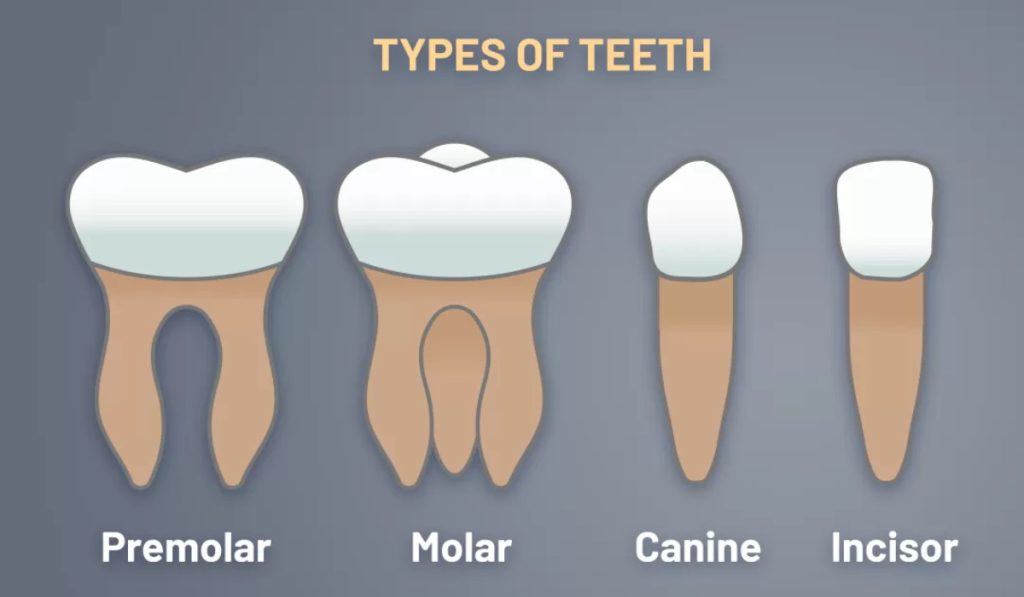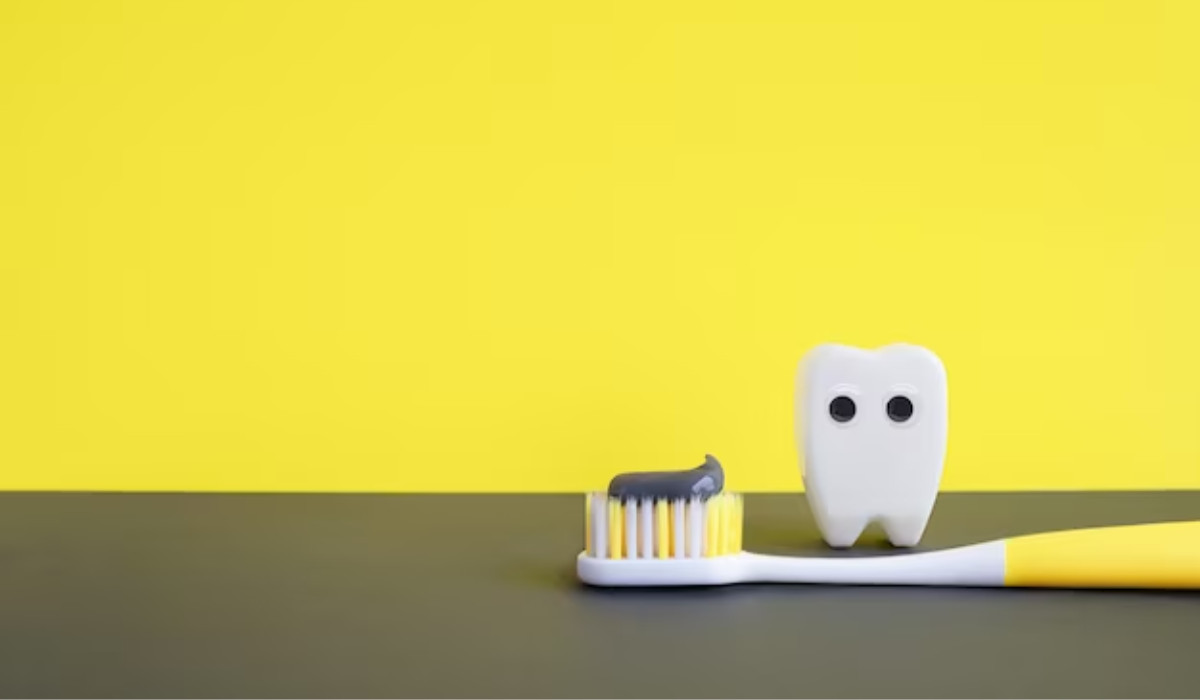One of the most intriguing aspects of the human body is its ability to heal and regenerate. When we get a cut or a scrape, our skin repairs itself. Broken bones mend, and even some organs have the capacity to regenerate to a certain extent. However, there’s one part of our body that doesn’t share this remarkable ability – our teeth. Have you ever wondered why our teeth don’t grow back if they fall out for the second time? This article explores the fascinating world of dental biology to shed light on this intriguing question.
The Structure of Teeth:
To understand why they can’t grow back, it’s essential to grasp their structure. Our teeth are made up of three layers: the enamel, dentin, and pulp. The outermost layer, enamel, is the hardest substance in the human body and acts as a protective shield for the inner layers. Dentin lies beneath the enamel and provides structural support, while the pulp contains nerves and blood vessels.

Tooth Development:
Our teeth start developing even before we are born. This intricate process begins in the fetal stage and continues through childhood. Baby teeth, also known as deciduous teeth, erupt first, followed by permanent teeth. Once permanent teeth emerge, they must last us a lifetime because, unlike some animals, our bodies don’t continuously produce replacement teeth.
Also Read: Unveiling the Celestial Spectacle: What Is a Meteor Shower?
Limited Regeneration Abilities of Teeth:
Unlike other tissues in our bodies, such as the skin or the liver, tooth tissue have limited regenerative capabilities. The reason lies in the cells responsible for tooth formation. During tooth development, a specialized group of cells called odontoblasts is responsible for creating dentin, while ameloblasts generate enamel. Once it is fully formed, these cells become inactive.
The Role of Stem Cells:
Stem cells are the key to regeneration in various tissues and organs. Unfortunately, the number of stem cells in our dental pulp is insufficient to regrow an entire tooth after it’s lost. While there are ongoing studies on dental stem cells and their potential for tooth regeneration, these methods are still in their early stages of development.

Mammals with Continuous Tooth Growth:
Interestingly, some mammals, such as rodents, have evolved with continuous tooth growth. Their tooth continuously grow throughout their lives, making up for the wear and tear they experience while gnawing on various materials. This is a unique adaptation in the animal kingdom and sets them apart from humans.
In summary, the inability of human teeth to grow back after falling out for the second time can be attributed to the limited regenerative capabilities of dental cells and the insufficient number of stem cells in the dental pulp. While the concept of tooth regeneration is an exciting area of research, it’s still in its infancy. Until science makes significant breakthroughs in this field, maintaining good oral hygiene and taking care of our it remains the best way to ensure they last a lifetime.
Also Read: भारत के बाहर सबसे बड़े हिंदू मंदिर का US के न्यू जर्सी में हुआ उद्घाटन











